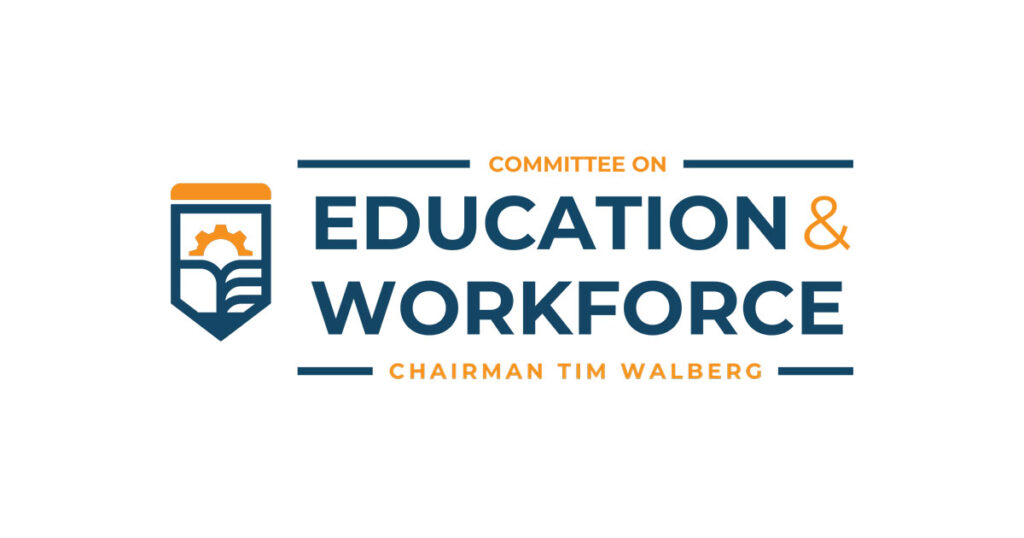The House Republicans have initiated a bold new proposal that could significantly reshape the landscape of student loans and Pell Grants in the United States. Titled the Student Success and Taxpayer Savings Plan, this legislation aims to cut federal financial aid and amend existing loan structures, raising serious concerns about affordability and access to higher education for millions of students.
Key Features of the Student Loan Overhaul
The proposed changes signify a substantial shift in federal student loan policy and aim to follow through with long-held Republican objectives of reducing government involvement in education financing. Below are the most notable features of the proposed plan:
- Reduction of Pell Grant Eligibility: The legislation seeks to restrict Pell Grant access by increasing credit hour requirements and introducing stringent asset limits for eligibility.
- New Loan Limit Structures: With newly proposed limits, the repayment structures for federal student loans will be reduced to just two options, fundamentally altering how borrowers manage their debt.
- Elimination of Counseling Options: The proposal will withdraw existing counseling requirements that guide students in making informed borrowing decisions.
- Increased Borrowing Limits for Undergraduates: Dependency borrowing limits would rise significantly, adjusting the borrowing based on program costs rather than a flat rate.
- Increased Accountability for Colleges: Colleges will be held financially accountable for their former students’ loan repayments and defaults, creating a risk-sharing mechanism between the institutions and the government.
Implications for Current and Future Students
The potential changes envisioned through the Student Success and Taxpayer Savings Plan have wide-reaching implications for both current students and those who plan to attend college in the future.To begin with, the alterations to Pell Grant eligibility pose a daunting challenge for low- and middle-income families. By requiring a higher number of credit hours for grant qualification, students who need to maintain a job while studying may find themselves in a precarious financial situation. For instance, the increase from 12 to 15 credit hours could mean that students who can only afford to enroll in a part-time schedule would lose access to essential funds needed to pursue their education.
In addition, reducing the varieties of loan repayment options down to two fundamentally alters borrower flexibility. Advocates for student debt reform express concerns that these changes will exacerbate the affordability crisis, pushing students into burdensome repayment scenarios without adequate safety nets. Furthermore, removing options for economic hardship deferment may leave many borrowers without critical support when they need it the most.
What the GOP Proposes to Address Rising College Costs
Chairman Tim Walberg (R-MI) articulated the Republican perspective on the legislation during a recent House Committee meeting. According to Walberg, the existing accommodations have failed to address the underlying issues contributing to the ballooning college expenses. He emphasized that this proposal is intended to reform the system through:
- Accountability: Institutions will not only be asked to provide quality education but will have to bear financial responsibility for the debt incurred by their students.
- Simplification: The approach intends to streamline student loan repayment plans to make it easier for borrowers to manage debt without multiple confusing options.
- Cost Controls: By capping federal contributions and introducing borrowed limits based on median program costs, the GOP aims to compel colleges to keep tuition and fees in check.
Despite these intentions, experts in higher education policy argue that simply reducing financial aid options and enforcing stricter loan limits could increase overall student debt levels, as families may resort to private loans that often carry less favorable terms.
The Broader Conversation on Higher Education Funding
Beyond just the immediate effects on student grants and loans, the proposed overhaul raises larger questions about the role of the federal government in higher education funding. Critics warn that this legislation may deepen existing inequities among different socioeconomic groups and hinder efforts for many low-income individuals who seek to further their education.
As the House GOP moves forward with its plans, it sets a precedent that fills a space with significant political implications. The real test will be whether these proposals, which have provoked warnings from consumer advocates and higher education experts alike, prove successful in reforming a system that many believe is in dire need of change.
“The committee’s current proposal would severely restrict college access by slashing financial aid programs, eliminating basic consumer protections, and making it harder to repay student loan debt,” said Sameer Gadkaree, president and CEO of The Institute for College Access & Success.
The ensuing dialogues surrounding education reforms will undoubtedly influence various stakeholders, including lawmakers, educators, and most importantly, students who rely on these financial assistance programs to make their higher education ambitions a reality.
Conclusion: A Significant Shift in Higher Education Financing
In summary, the proposed Republican overhaul of the student loan system represents a significant shift in education financing that carries profound implications for reaching students and sustaining college access. By curbing financial aid and changing loan repayment strategies, the GOP aims to reform a system that they believe has long perpetuated a cycle of costly and ineffective debt accumulation.
However, the challenges and reactions to these proposed changes highlight the complexity of navigating a fair and accessible education system. As debates unfold on both sides of the aisle, the outcome will be crucial in determining how future generations approach and engage with higher education financing.

